There are tens of thousands of individuals walking around with hearing aids that are not programmed correctly, defeating the main purpose of these devices.
Hearing improvement, or the ability to hear audio and speech clearly, is the ultimate function of hearing aids. To reach this goal, hearing aid fittings are carried out by audiologists. The question is, why do so many hearing aids, regardless of brand, size and model, end up just lying in the drawer?
Real ear measurements play a big role in the efficiency of a hearing instrument. No matter how expensive, high-tech or premium it is, if real ear measurement was not part of the initial fittings, chances are, a wearer may not fully appreciate the device and maximize its features.
Real ear measurement, also known as probe microphone measurement, is considered to be the gold standard in determining whether a hearing aid user is receiving the precise level of amplification needed at every frequency to enjoy the best hearing improvement possible.
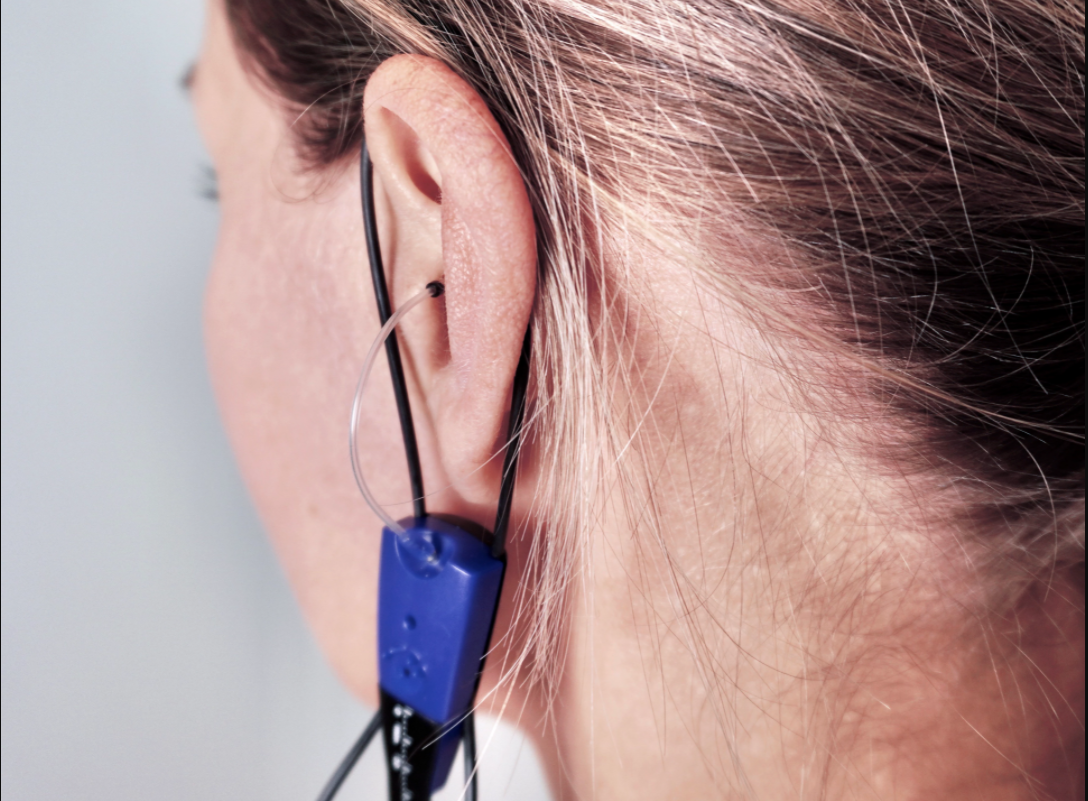
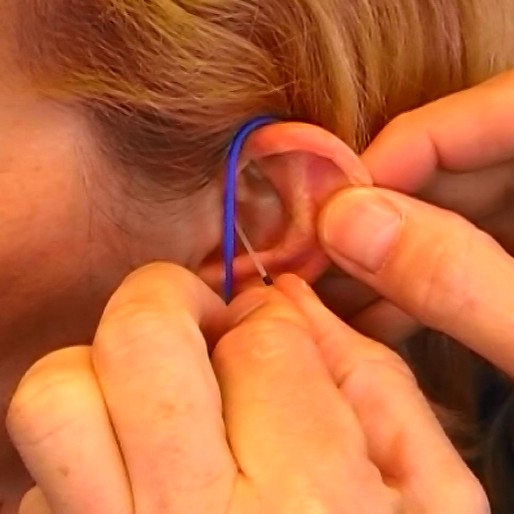
Real ear measurement is greatly important because it is used to verify the gain (volume added) provided by the hearing aids based on the volume of the sounds and pitch that they pick up.
Real ear measurement is greatly important because it is used to verify the gain (volume added) provided by the hearing aids based on the volume of the sounds and pitch that they pick up.
Ontario Hearing Centers ensures that real ear measurement is carried out during the initial stages of hearing aid fitting. We believe that without a real ear measurement, we will just be depending on what the manufacturer software declares. Real ear measurement is like a personal touch, an extra measure to make sure that the hearing aids can perform at their best.
According to a study in 2010, patients reported an 18% increase in satisfaction when real ear measurements were performed during their hearing aid fitting. Real Ear Measures help audiologists to objectively measure and verify the sound being delivered to a patient’s ear drum with a hearing aid.
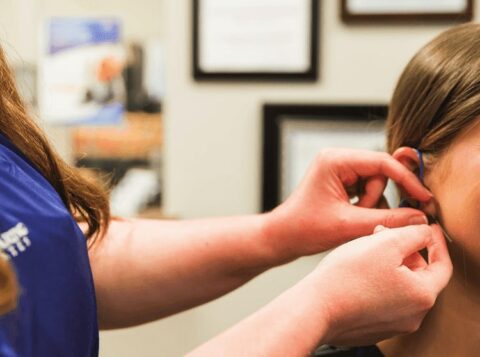
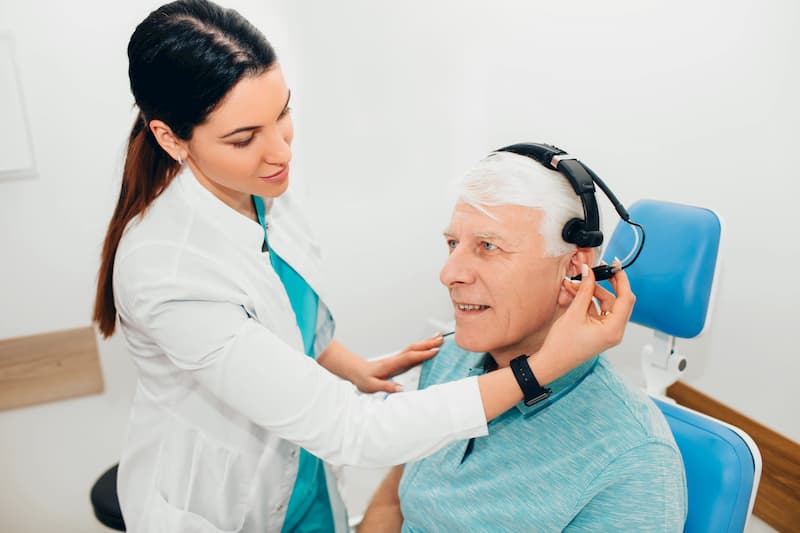
A little trivia – it was the American Speech Language Hearing Association (ASHA) that first recognized the importance of real ear verification. This happened in 1998.
Eight years later, the American Academy of Audiology indicated that audiologists and hearing practitioners should also practice real ear measurement.
It is worth noting that while a significant portion of the profession already recognizes the impacts of real ear measurement and has strictly followed its implementation, there are also still a vast number of clinicians that DO NOT incorporate the verification protocol during hearing aid fittings.
Real ear measurement helps audiologists get the precise and accurate threshold information down to the tiniest details – frequency by frequency throughout the entire hearing spectrum. Think of it as a very important puzzle piece to connect the hearing test results and fitting.
Hence, if you or someone you know is planning to get a hearing aid, make sure to approach a clinic that implements real ear measurement for good reason. Audiologists at Ontario Hearing Centers practice real ear measurement and include it as part of the regular hearing aid fitting procedure.
Real ear measurement helps audiologists prepare the most accurate fitting and settings of the hearing aid rather than rely on pre-sets prepared by the manufacturer. Patients who have audiologists that practice real ear measurement should feel lucky because:
the hearing aids will be truly optimized based on hearing assessment, fitting and real ear measurement,
the chances of a patient getting a sub-par or even worse, ill-fitting hearing aids will be much lower.
Real ear measurement makes sure that the hearing aids will do what it needs to do and produce a great outcome rather than accumulate dust in a drawer.
Patients who don’t get their prescriptive hearing verified using real ear measurement would not have an idea of whether they are getting the best prescription or just swimming along with a not-so perfect first-fit manufacturer setting. And we wouldn’t want that, right?
Real ear measurement involves putting in a fine probe microphone inside the ear canal to measure the sound received at the eardrum.
These measures highlight the response of the ear canal acoustic and the hearing aid. The results gathered from real ear measurement will greatly help clinicians to set and adjust the hearing aids based on the patients’ ears. It’s like taking a hearing aid fitting to a whole new level of accuracy.
Real ear measurement takes place after a hearing test has been performed. An audiologist will not rely on REM results alone – hearing test results and actual fitting must also be done.
Real ear measurement procedure may involve too technical terms, so let us simplify it for you:
Now let’s go to another concern that has been raised one time or another in the hearing healthcare practice – what is the difference between real ear measurement and auto hearing aid programming?
Most hearing aids today all have the ability to be auto-programmed, a specific feature also known as first-fit.
To be clear, ‘first fit’ is when an audiologist takes the result of a hearing test and inputs it into the manufacturer software which then provides an estimated prescription or amount of amplification a patient should receive.
We recommend real ear measurement because two individuals with the same type of hearing loss will most certainly require different levels of amplification. That difference is what makes or breaks the desired output of a specific product.
No two ears are alike – each individual has a different ear shape, size, depth of ear canal, etc. There are no one-size fits all devices available in the market. The process of real ear measurement is targeted to work as a guide as an audiologist makes a hearing aid prescription.Even the most high-tech, top of the line hearing aids cannot hit the bullseye with their first-fit settings. Real ear measurement is the most accurate method of all. Audiologists who practice real ear measurement know the difference.
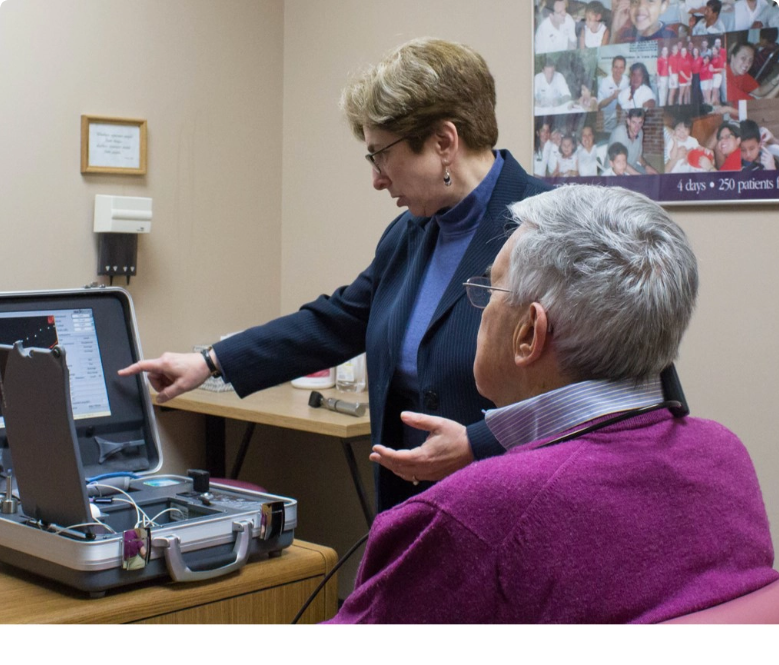

To avoid confusion, here’s the key point. A hearing aid prescription serves as a very specific measurement that includes the amount of amplification an individual with a hearing loss would need at each frequency to ensure that the sounds received are comfortable and audible.
Hearing prescriptions also include other health factors such as age, gender, and how long an individual has been wearing hearing aids.
Performing real ear measurement only takes around 3-5 minutes per ear. These few minutes spent on this process is totally worth it because a hearing aid can be optimized to improve amplification. Do not compromise your hearing health and enjoy the wonderful impacts of real ear measurement. Getting real ear measurement is a great decision towards better hearing.
This is one of the valid points when it comes to hesitancy to get real ear measurement, but think of it this way – if your audiologist has been in the clinical field and has lots of experience when it comes to hearing health and services, you have nothing to worry about. Real ear measurement is just similar to traditional procedures that require some equipment like having your teeth pulled out by a dentist, having an eyelash lift, getting a facial – you get the picture.
Based on years of experience, we can say that verifying hearing aids using real ear measurement can improve the way a patient can hear in nearly all situations, even in ambient noise.
Real ear measurement is backed up by numerous research studies, one of which is from Washington University that came up with this result: users preferred to wear hearing aids that were fit using real ear measurement versus hearing devices that weren’t. When an individual uses hearing aids adjusted via real ear measurement to meet prescriptive targets, that is when hearing is experienced best. Audiologists at Ontario Hearing Centers do not simply rely on Manufacture First-Fit settings. We make sure to use real ear measurement techniques to make sure that the best amplification is delivered.
Contact us today to schedule an appointment! We have clinics located in Brighton and Gates.